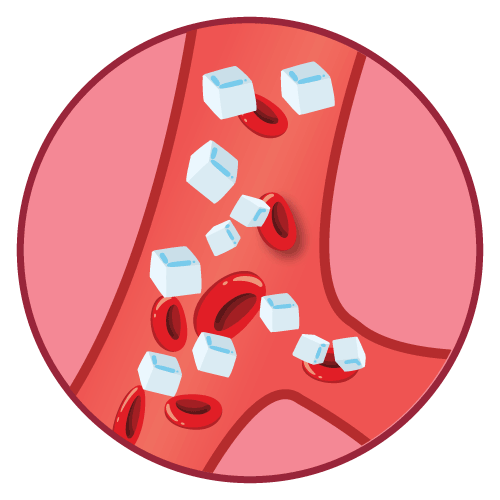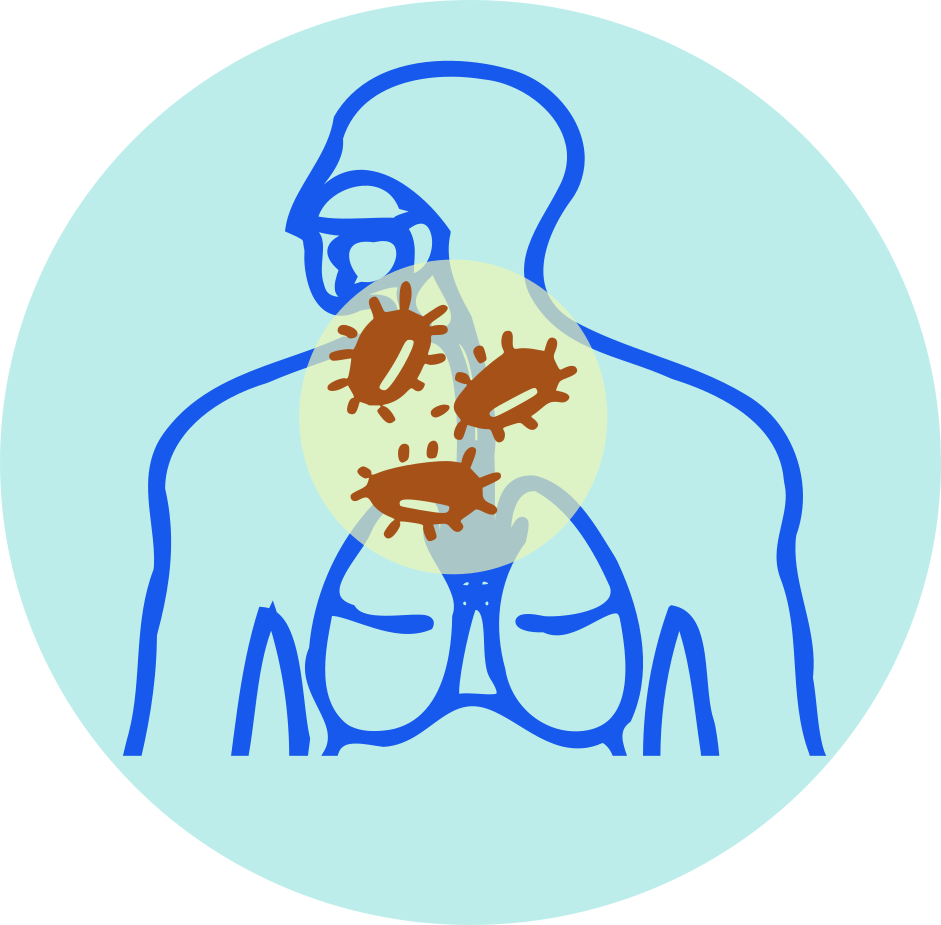| Name | Vildagliptin |
| Classes |
Antidiabetic Agent Metabolic Agent Dipeptidyl peptidase 4 Inhibitor |
| Diseases |
Type 2 Diabetes Mellitus Hormonal Disorder |
Vildagliptin
Vildagliptin is an oral hypoglycemic medication. It belongs to a class of hypoglycemics called the Dipeptidyl Peptidase 4 inhibitors (DPP4). DPP4 is an enzyme that metabolizes Glucagon like peptide, which is an incretin. So, DPP4 inhibitors work by increasing the concentration of incretins in the blood which ultimately results in the increased secretion of insulin.
Vildagliptin is indicated as an adjunct to diet and exercise to improve glycemic control in adults with type 2 diabetes mellitus.
- For monotherapy, the recommended dose of Vildagliptin is 50 mg or 100 mg daily.
- When used in conjunction with Metformin or a Thiazolidinedione, 50 mg twice daily (morning and evening) is recommended.
- When combined with a Sulphonylurea, 50 mg is taken once daily in the morning.
- Vildagliptin can be taken either with or without food. There is no need to adjust the dosage in the elderly or patients with mild renal impairment.
Side effects reported with use of vildagliptin are as follows-
- hypoglycemia
- upper respiratory tract infection
- nasopharyngitis
- headache
- Postmarketing reports of acute pancreatitis, including fatal and nonfatal hemorrhagic or necrotizing pancreatitis, have been received. If pancreatitis is suspected, stop taking Vildagliptin right away.
- There have been postmarketing reports of acute renal failure, requiring dialysis in some cases. Dosage reduction is advised in patients with moderate to severe renal insufficiency, as well as those with ESRD. Prior to starting Vildagliptin and on a regular basis, renal function should be evaluated.
- When Vildagliptin is combined with an insulin secretagogue (e.g., sulfonylurea) or insulin therapy, the risk of hypoglycemia increases. To reduce the risk of hypoglycemia, consider lowering the dose of the sulfonylurea or insulin.
- There have been postmarketing reports of serious allergic and hypersensitivity reactions in Vildagliptin patients, including anaphylaxis, angioedema, and exfoliative skin conditions such as Stevens-Johnson syndrome. In such cases, discontinue Vildagliptin immediately, assess for other potential causes, institute appropriate monitoring and treatment, and begin alternative diabetes treatment.
- There have been no clinical studies that show conclusive evidence of Vildagliptin or any other anti-diabetic drug lowering macrovascular risk.
Contraindication
Contraindicated in patients hypersensitive to vildagliptin or similar drugs such as-
None known.
None known.
 Bangla
Bangla English
English



